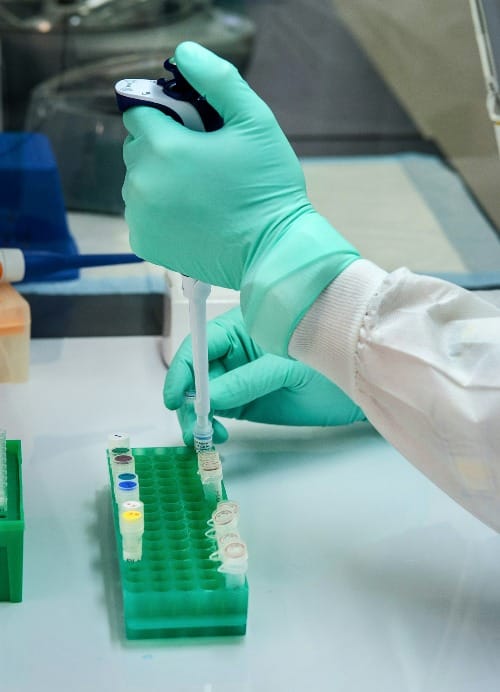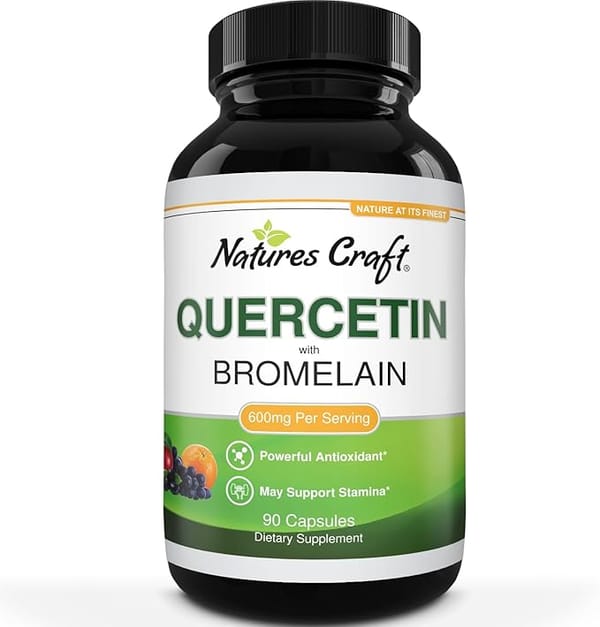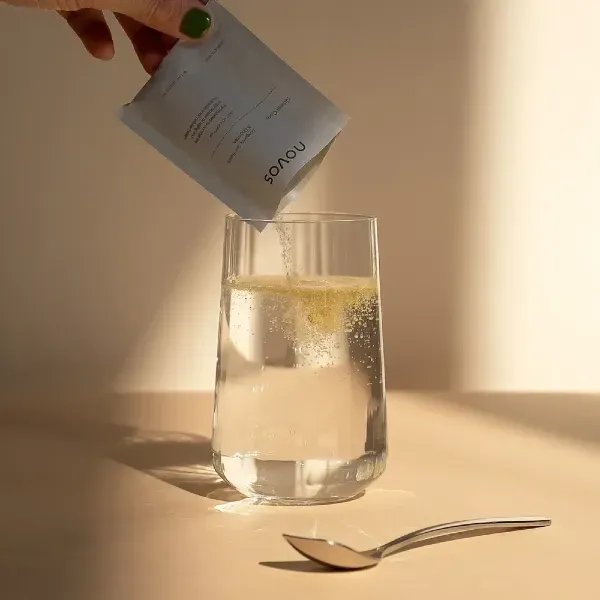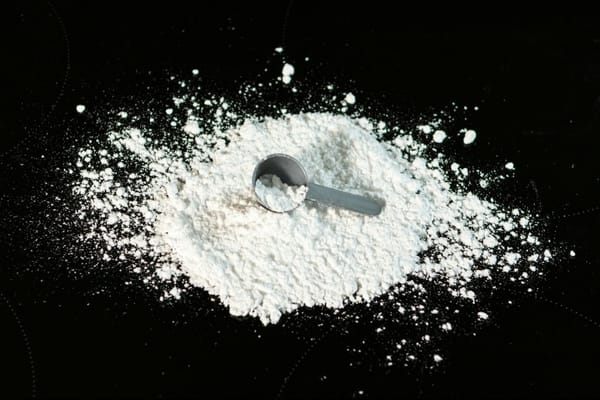High-Intensity Interval Training (HIIT) has emerged as a powerful tool for boosting growth hormone levels and potentially slowing the aging process. Research suggests that HIIT's intense bursts of exercise followed by brief recovery periods can stimulate the production of human growth hormone, which plays a crucial role in cell repair, muscle growth, and overall longevity.
HIIT's Impact on Human Growth Hormone Production
High-Intensity Interval Training (HIIT) has been shown to significantly increase the production of human growth hormone (HGH) in the body. Studies indicate that HIIT can stimulate larger releases of HGH compared to traditional aerobic or resistance training alone[1]. This acute increase in HGH levels is thought to contribute to HIIT's beneficial effects on fat loss, muscle maintenance, and overall health[3]. However, it's important to note that while HIIT does boost HGH, the effects are typically short-term and not comparable to exogenous HGH injections[1]. The HGH increase from HIIT is better viewed as an anti-aging and recovery-promoting response rather than a direct muscle growth stimulator[1]. Additionally, HIIT's impact on HGH production can vary based on factors such as age, stress levels, and overall health[2].
Cellular Rejuvenation Through HIIT
High-Intensity Interval Training (HIIT) has been shown to promote cellular rejuvenation, potentially slowing the aging process at a molecular level. Research indicates that HIIT can stimulate autophagy, a cellular "clean-up" process that removes damaged components and helps prevent age-related diseases[5]. Additionally, HIIT has been found to improve mitochondrial function, with one study reporting a 69% increase in mitochondrial capacity among older adults who performed HIIT[1]. This improvement in cellular energy production is crucial for maintaining youthful cellular function. Furthermore, HIIT has been shown to activate telomerase, an enzyme that helps repair and maintain telomeres, which are protective caps at the end of chromosomes that shorten with age[2]. By potentially preserving telomere length, HIIT may contribute to cellular longevity and overall health.
HIIT vs. Traditional Exercise for Hormone Regulation
High-Intensity Interval Training (HIIT) has shown promising results in hormone regulation compared to traditional steady-state exercise. HIIT has been found to be more effective at improving insulin sensitivity, a key factor in managing waistline and preventing conditions like diabetes and heart disease[3]. Studies have also demonstrated that HIIT can lead to greater improvements in blood pressure and cardiorespiratory fitness compared to continuous moderate-intensity training, particularly in individuals at risk for hypertension[1]. However, it's important to note that while HIIT offers significant benefits, it may not be universally superior to conventional exercise for all individuals. Research suggests that HIIT and traditional exercise can produce similar overall health benefits, with HIIT potentially being more time-efficient[1][5]. The choice between HIIT and traditional exercise should be based on individual preferences, fitness levels, and health goals, as both forms of exercise can contribute to hormone regulation and overall health when performed consistently.
Metabolic Adaptations to HIIT
High-Intensity Interval Training (HIIT) induces significant metabolic adaptations in skeletal muscle, enhancing both oxidative capacity and glucose metabolism. HIIT stimulates mitochondrial biogenesis and increases the activity of key mitochondrial enzymes, leading to improved muscle oxidative capacity[1][2]. This type of training also upregulates glucose transporter (GLUT4) content and resting muscle glycogen levels, potentially improving glycemic regulation[4]. HIIT activates important cellular signaling pathways, including AMPK, PGC-1α, and SIRT1, which drive these metabolic adaptations[2]. Notably, these beneficial changes occur rapidly, with significant improvements observed after just a few weeks of low-volume HIIT, making it a time-efficient alternative to traditional endurance training for improving metabolic health[3][4].
Embracing HIIT's Potential
High-Intensity Interval Training (HIIT) has emerged as a powerful tool for boosting growth hormone levels and promoting overall health and longevity. Research indicates that HIIT can stimulate significant increases in human growth hormone (HGH) production, with studies showing up to a 450% increase in HGH levels during the 24 hours following a HIIT workout[1]. This acute elevation in HGH contributes to HIIT's beneficial effects on fat loss, muscle preservation, and metabolic health[3][4]. While the HGH increase from HIIT is not comparable to exogenous injections, it offers a natural and sustainable way to support the body's anti-aging processes[1][2]. Combined with its ability to improve cardiovascular health, insulin sensitivity, and cellular rejuvenation, HIIT presents a time-efficient and effective exercise strategy for those looking to optimize their hormonal balance and overall well-being[4][5].













Member discussion